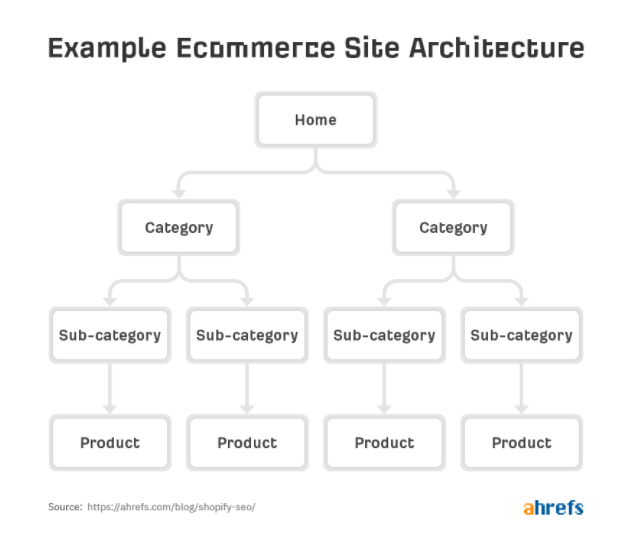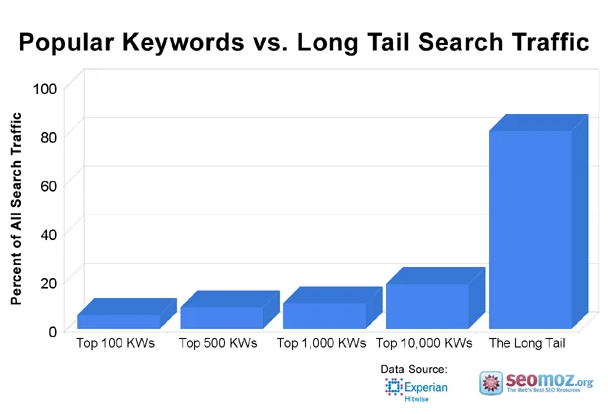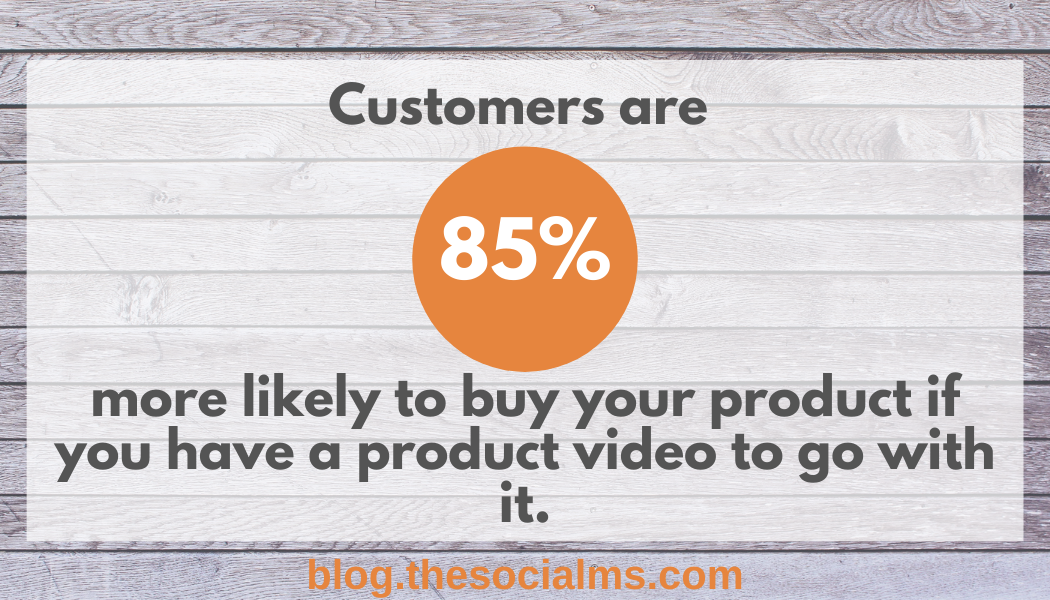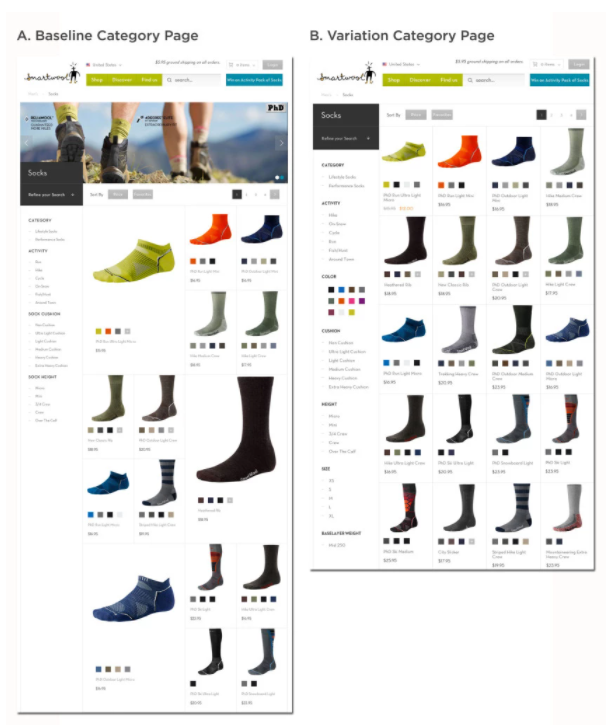The following is a guest post by Hazel Raoult. Hazel is a freelance marketing writer and works with PRmention. She has 6+ years of experience in writing about business, entrepreneurship, marketing, and all things SaaS. Hazel loves to split her time between writing, editing, and hanging out with her family.
The eCommerce industry is often designated as the future of the retail industry, with the projected contribution of nearly 22% of the total retail sales worldwide by 2023. With this kind of growth, it is no surprise that new online retailers are cropping up in the industry every year.
Image Source: Oberlo
Before you read on - we have various resources that show you exactly how to use social networks to gain massive traffic and leads. For instance, check out the following:
FREE Step-by-Step Twitter Marketing GuideFREE Pinterest Marketing Ebook
 Moreover, creating an online store has now become quite easy with companies such as Magento, WooCommerce, and Shopify providing easy drag-and-drop options to do so. Due to the convenience and options provided by eCommerce stores, customers worldwide are flocking to tap into this development. This is evident from the rise of the number of digital buyers to 2.14 billion in 2021.
Moreover, creating an online store has now become quite easy with companies such as Magento, WooCommerce, and Shopify providing easy drag-and-drop options to do so. Due to the convenience and options provided by eCommerce stores, customers worldwide are flocking to tap into this development. This is evident from the rise of the number of digital buyers to 2.14 billion in 2021.
For online success, you need to drive your potential customers to your online shop – and the best way to do that is with Shopify SEO.
If you are one of those hopeful eCommerce retailers looking to optimize your Shopify storefront for better performance through SEO, here are a few ways to go about it.
#1 Improve User Experience
User Experience (UX) is one of the most valuable assets that you are going to create for your eCommerce store. Not only does it boost engagement and the overall performance of your website, but it also enhances your SEO efforts.
Every $1 spent on UX is known to create $2 to $100 in returns.
Moreover, the lack of a well-designed user experience often leads to increased cart abandonment. In terms of brick-and-mortar stores, this is equivalent to a customer entering a cluttered store, being unable to find what they are looking for, and leaving without making any purchase.
Some of the important considerations that you should keep in mind for the user experience of your eCommerce store are mobile responsiveness, updating links to product pages right on the home page, and optimizing the overall buyer journey on your online store.
#2 Update Site Structure
 As established already, user experience is crucial to the SEO performance of your eCommerce website. The way you have organized your store will impact the buyers’ perception of your brand, and your search engine success.
As established already, user experience is crucial to the SEO performance of your eCommerce website. The way you have organized your store will impact the buyers’ perception of your brand, and your search engine success.
Creating a hierarchy that allows you to set your store apart from the existing ones, and retaining user-friendliness at the same time, can get challenging for eCommerce stores. To get an idea of how to go about it, refer to the biggest players in your domain and check how they have designed their eCommerce store.
Hey, before you read on - we have in various FREE in-depth guides on similar topics that you can download. For this post, check out:
FREE workbook: CREATE AWESOME BLOG POSTSFREE Beginner's Guide: START A BLOG
By doing something as simple as making products easy to find for users, you will be able to increase the time that users spend on your website. Adopting a simple structure will help customers find what they are looking for, more quickly. Try to go for an intuitive and user-friendly structure such as — Homepage > Category Landing Page > Sub-Category Landing Page > Product Page.
Here is a visual representation of how a conventional eCommerce website is structured:
Image Source: Ahrefs
#3 Research the Targeted Keywords
Research is the inevitable first step for any eCommerce store right from the beginning. Whether it is for designing your website or for running your Shopify SEO efforts, diligent research will give you insights on what to do, and what to skip.
Keyword research is an important part of your content creation and marketing strategy, which is why finding the right keywords is important. For important pages of your website such as your Homepage and key landing pages, you want to target important keywords that are relevant and have high search volumes. You may want to use a combination of long-tail keywords, and ones that perform well in terms of search volumes and competition, across the rest of your website.
Image Source: Neil Patel
Think from the customer’s standpoint, and evaluate the kind of search queries that you are likely to use on the eCommerce website. Utilize proven keyword tools such as Ahrefs, and SEMrush to find the right keywords to achieve your goals. Create buyer personas to help you find the keywords that would generate the best results.
#4 Add Visual Elements and Media
As the popular adage goes — a picture is indeed worth a thousand words. Even from your website’s perspective, images and graphics can be a lot more impactful and engaging for your users, than plain text.
People tend to create the first impression in the first 50 milliseconds. This makes it important for brands to be impressionable from the very first moment that the website loads. Having videos and images are a great way to accomplish this. It is important to strike the right balance with images and media as too many can slow down your website.
Adding images can also enhance your visibility and reach in the search engine if they meet the Image SEO standards. It is important to optimize the filename, add Alt-text and compress the image size to maximize the impact of images on your website.
For eCommerce websites, product images are crucial and even one of the most influential elements. Integrating videos as a media component on your website can also provide buyers a better idea of how a product looks and/or is used. Customers are 85% more likely to buy your product if you have a product video to go with it.
#5 Strengthen your Technical SEO Efforts
Technical SEO is one of the most underrated albeit one of the most crucial parts of your website’s SEO strategy.
You can take proactive steps towards strengthening your Shopify SEO efforts using technical SEO. Creating unique page titles and meta descriptions, as well as optimizing them is quite important for the SEO robustness of the website. Shopify also offers the feature of collections that brands can use to group products, which can also be used to eliminate duplicate content/pages in Shopify websites.
The other consideration is optimizing the URLs and Redirects to ensure smoother transitions within the website, and to ensure a better user experience. Apart from this, brands should also ensure mobile-friendliness and responsiveness of the website to ensure better SEO performance. Ensure that you have an SSL certificate for your website, to ensure transaction safety and to assure your users of the additional security. Do not hesitate to seek extra help from experts or detailed online guides that can help you navigate the process.
#6 Test Everything Regularly
Even the biggest online stores that are out there today, rely heavily on testing and taking steps based on the reports. Amazon succeeds time and again despite a cluttered website because it spends a lot of time testing features and what works for its customers. No wonder, you will always enjoy the best deals, discounts, and regular availability of products.
Maintaining Quality Assurance or testing of the website periodically ensures that the company is always able to meet the customer needs. This becomes all the more important for ensuring that the security of the transactions is always verified and maintained. Security testing will also give you insights into which payment methods work the best.
A/B testing on the other hand ensures that all the features and parts of the website are completely optimized and functional. Some of the common aspects that eCommerce websites should run A/B testing on include analyzing spaces for sales and discounts, upgrading product descriptions, placing product videos with captions, and making the website more accessible, among others.
Here is a visual representation of A/B testing on an eCommerce website:
Image Source: Sleeknote
#7 Empower your Website with Quality Content
Content is often referred to as the most powerful marketing tool. Content can empower websites with the right information and drive conversions even better than some of the paid tools out there.
Content can be leveraged to achieve your goals by making it SEO-friendly and ensuring the highest quality standards. Content forms such as blogs, knowledge-sharing articles, and even the images and videos that you add to your website can drive your SEO performance. Driving SEO organically on your Shopify website can easily happen if you have the right content at your fingertips.
On product pages, content can drive users to take action and help them navigate the purchase process more effectively. Many online SEO guides can guide you with the process of using your website content to your Shopify storefront’s advantage.
#8 Optimize the Checkout Process
When you are tweaking the overall website experience and want to improve your website speed, one of the critical areas to focus on is the checkout process. Among all the actions that a user is likely to take on your website, the checkout process could prove to be the longest.
Image Source: SaleCycle
If you look at the primary reasons for cart abandonment among eCommerce website users, you will see that most of them are associated with the checkout process. Instead of having your users fill out a lot of details, you can make the process smoother and easier by adding smart forms.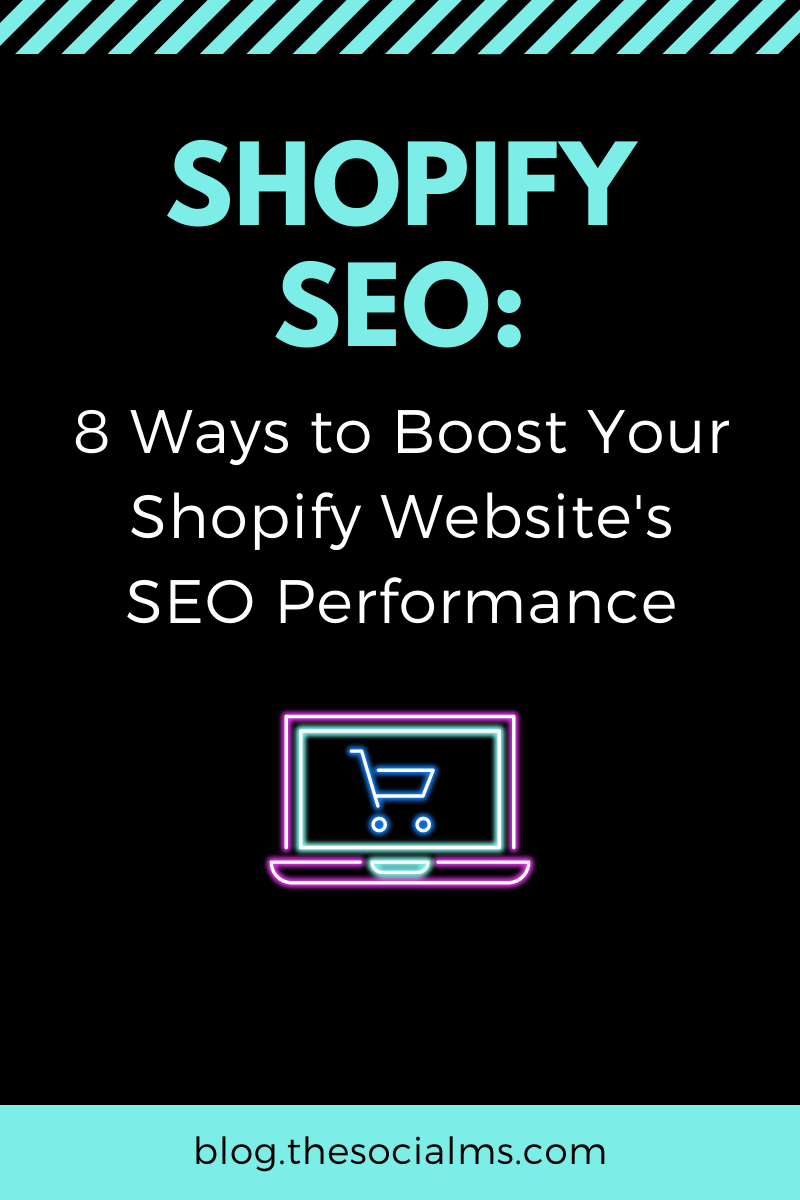
You should also ensure that your checkout process is optimized for mobile phones and that you provide a guest checkout option to users who want to make a one-time purchase. You should also remove any major distractions from the checkout screen, avoid adding any additional surprise costs or taxes.
One of the other aspects that you should consider is that people respond well to free delivery options, and more often than not, prefer to buy from online retailers that can facilitate this.
Final Words about Shopify SEO
Shopify is one of the most preferred platforms for creating highly interactive and performance-driven eCommerce websites. Using some of the simple yet proven ways to boost your SEO efforts, you could be looking at an improved online storefront that is customer-centric and high on conversions. As an eCommerce retailer, it is the right time to focus on your SEO efforts and let them drive your website traffic and performance holistically.



